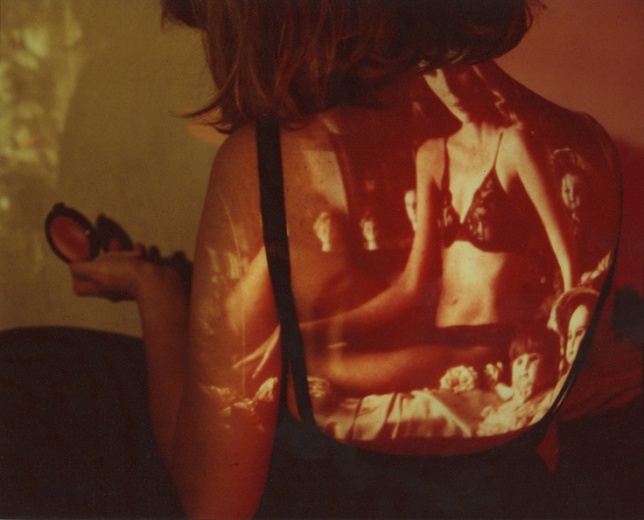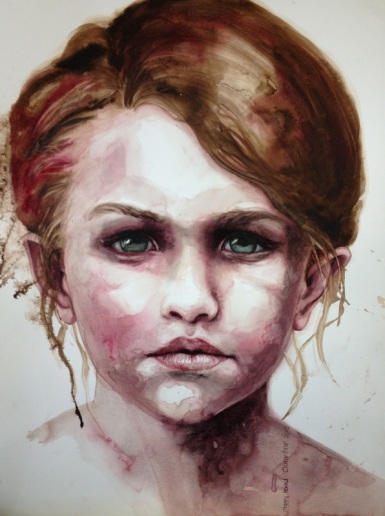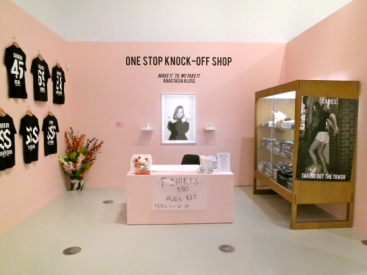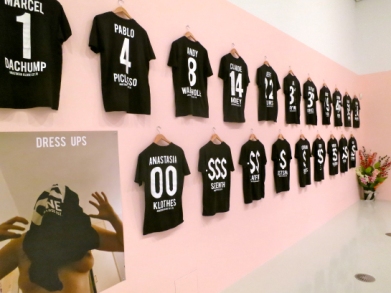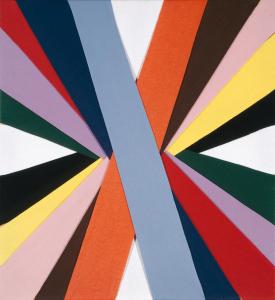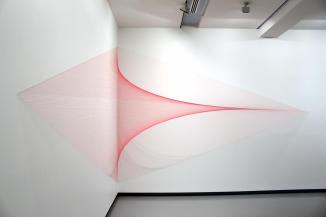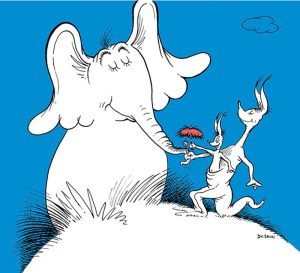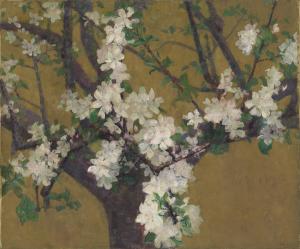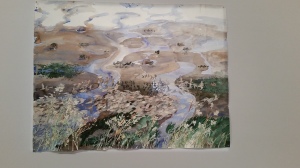Australian artist Patricia Piccinini deals with artificial intelligence and the idea of artificial emotion with her genetic engine sculptures on a daily basis’.
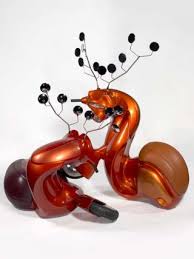
The Stags, 2008 Fibreglass, auto paint, leather, steel, plastic, tyres 224cm x 167cm x 196c
The visual artist has created three different sculptures – ‘The Stags’, ‘Nest’ and ‘Thicker than Water’(2008), each work attempting to bring technology into new light and raise the question: ‘what will become of our technological creations?’ Through the sculpture ‘The stags’ (2008) Piccinini has been able to imagine these machines as if they haven’t been domesticated by humans. Stating that “all [her] work is concerned with the definition of how what we consider artificial and natural is changing”, along with the prodigious role that technology plays in our contemporary imagination.
The sculpture is off two motor scooters which have been transformed by Piccinini into two different objects. Piccinini has used the once stylish transport automobiles and has distorted them into resembling two friendly stags using fibreglass, automotive paint, leather, steel, plastic and tyres. These creates are the complete opposite of the beginning objects that they once where but still resemble much of the same characteristics. Piccinini has used the automobiles speed reader and manipulated to look like a face and therefore create the warm emotions that radiate of the friendly stags. Piccinini comments on their stance explaining, ‘the grown up Vespa’s are duelling; there is a hierarchy in this relationship. The surface of this work is hard and shiny, however, the nature of these creatures is sweet, they have neither fear nor are frightening, they draw you in, they are enduring and sweet’. Piccinini alerts us to the fact that the Vespa’s are mechanical, and yet they grow. Allowing us to question what is natural and what is mechanical.
The Stags is a clear representation of how two transformed motor scooters can be refined to represent living animal as a complete synthesis of nature and technology. The sculpture refers specifically to the customised Vespa’s ridden mainly through the 1960s and occasionally now in the modern day as well. Like customised vehicles, these scooters have taken on individual identities and are no longer factory-made ‘clones’. They are apparently alive and possibly even genetically unique. As Piccinini has said, ‘the point of crafting another life is so that you can talk about this one…’ and her creations question what the outcome might be as humanity and technology become ever more entwined.
I think that as a species we are on the brink of bringing forth new life-forms through genetic manipulation and even through melding biology and computers. Already we alter organisms to make them more useful to us, we change genetic features in order to create perfection and we are on the verge of unravelling our genetic code therefore giving us access to the source code of our being. Piccinini’s work questions where the boundaries lie between what is natural and what is made. Using the Vespa’s or “stags” as a way of expressing what could happen if we let Mother Nature take its own course, or even further what could happen in the advances of the rapidly expanding technological development.
Patricia Piccinini advances the science a few decades to conjure beings not yet extant, this is defiantly shown through sculpture ‘The Stags’, as Piccinini tackles the ethical issues of synthetic life, adjusting evolution, the footprint humans leave behind and the future of our survival. “My work is about the definition of what we consider natural and what we consider artificial” and her sculpture ‘The Stags’ clearly questions the way these two are entwined within each other.

